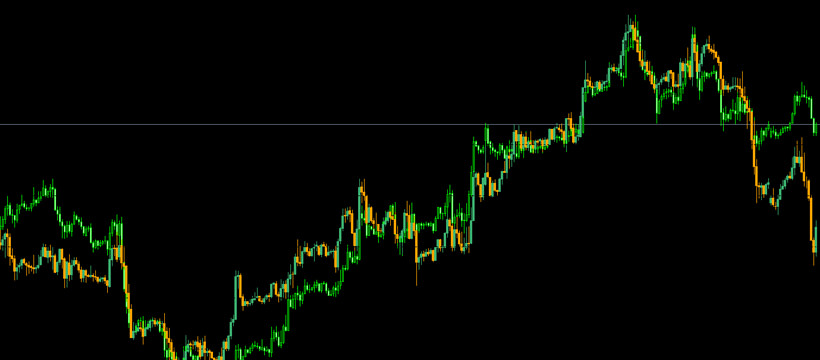Forex Arbitrage: Theory and Practice

Arbitrage, in Italian "arbitraggio", has nothing to do with the profession of an arbitrator. It is a widely used investment technique that can involve various areas, even Forex. In the latter case, however, the concept undergoes a transformation, which in turn creates opportunities and challenges.
But what is meant by "Arbitrage"? The definition is quite simple. It is a technique that exploits the misalignment of prices between one market and another. The goal is to buy a given asset in a market where it is cheap and resell it in a market where it is more expensive. To clarify the concept, it is best to give an example that everyone can understand. An individual buys 100 kg of fruit in Sicily, where the price is low, and resells it in Germany, where the price is much higher. At the end of the day, they will have profited from the difference.
Arbitrage exploits the differences between markets or, better said, between economic contexts. The price differences, for the same asset, can be determined by various factors: the availability of the asset itself, more or less rigid tax regulations, legal restrictions, and so on.
Is all this possible in Forex? In theory, it should not be, since the differences between markets are canceled out by the exchange rate mechanism. Forex is a single large market, so... How does Arbitrage work?
In reality, Arbitrage is also a reality in Forex. It simply exists with a specific variant. In fact, it does not exploit the concept of difference between markets, but rather that of alignment between currency pairs. The trader does not shuttle between one market and another, but rather between one pair and another. The mechanism is not very intuitive. For it to be so, it is necessary to clarify what is meant by "alignment between pairs".
Let's take three currencies and all their possible pairs, which are also three. The dollar, the pound, and the euro give rise to EUR/USD, GBP/USD, and EUR/GBP. Normally, the value of one pair is equal to the product of the other two. In fact, if we assume:
EUR/USD: 1.28000
GBP/USD: 1.60000
EUR/GBP: 0.80000
Then
1.2800 = 1.6000 x 0.80000
In this case, the pairs are said to be aligned.
However, it may happen that they are not. For example, if:
EUR/USD: 1.28000
GBP/USD: 1.60000
EUR/GBP: 0.79600
It is quite noticeable that the alignment is off by 40 pips. It is precisely in such a situation that Forex Arbitrage is possible.
Specifically, buy 1 euro with 0.796 pounds. Then buy 1.28 dollars with 1 euro. Finally, buy 0.8 pounds with 1.28 dollars. In the end, you will have earned 0.04 pounds. Does it seem like a small amount? It's not at all. Imagine if you had bought 10,000 euros instead of 1 euro... In the end, you would have ended up with 400 pounds!
The trick, therefore, lies in identifying misalignments. These do not occur often, and they occur for a short time. The best period is in correspondence with market movers that affect at most two currencies and are strong enough to generate imbalances.
For example, if we hypothesize a scenario where news is published regarding Brexit negotiations, and this news reveals a difficult passage for the European Union, the EUR/GBP exchange rate will suffer, but it is presumable that the other exchange rates will remain unchanged or move only slightly. Most likely, a misalignment will be generated between EUR/GBP and (at least) two other currency pairs.
Told in this way, Forex Arbitrage seems like a piece of cake. It is not at all. Some obstacles make this practice difficult.
First, the time factor. Misalignments tend to disappear practically immediately. The foreign exchange market, like any other market, except for catastrophes, tends to return to equilibrium. This forces the trader into a race against time that, in some cases, is exhausted in a matter of minutes. During this period, they must identify the misalignment and place at least two consecutive orders. Objectively, it is a complex matter.
Secondly, misalignments are often small in magnitude. The previous example, in fact, paints an idyllic, ideal-typical situation that rarely occurs. In most cases, we are talking about very few pips. And then the risk that the spread "eats up" the Forex Arbitrage profit is very high. Also because there are multiple orders involved, and the toll is not paid only once.
Forex Arbitrage is therefore a practice that can bring satisfaction, but only in specific situations. It is not a technique to be used every day, also because the conditions occur in spurts, irregularly.



